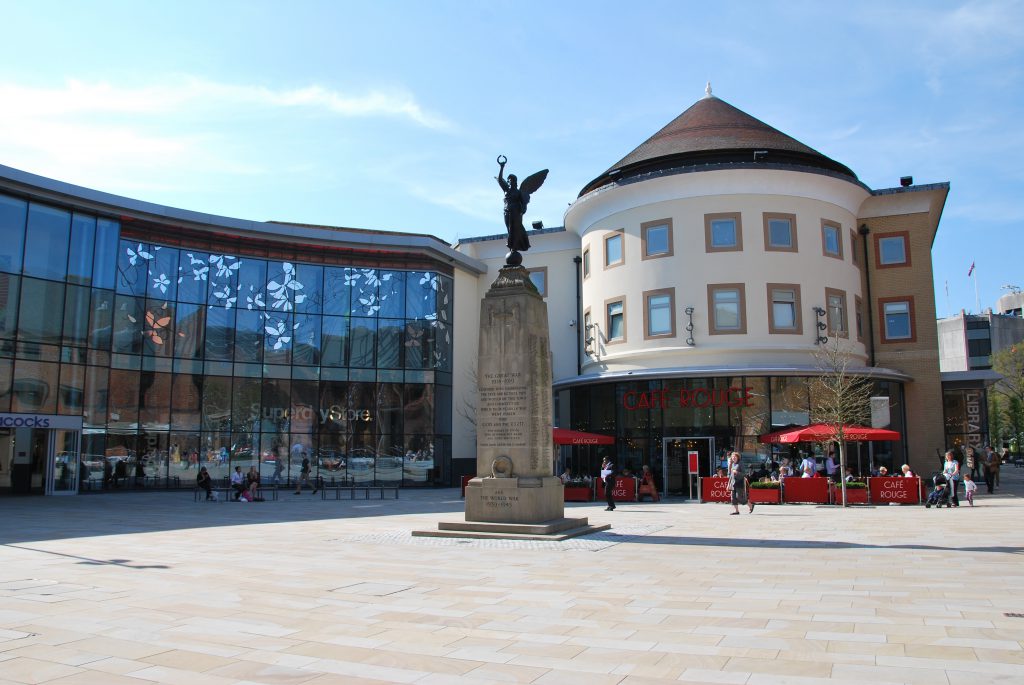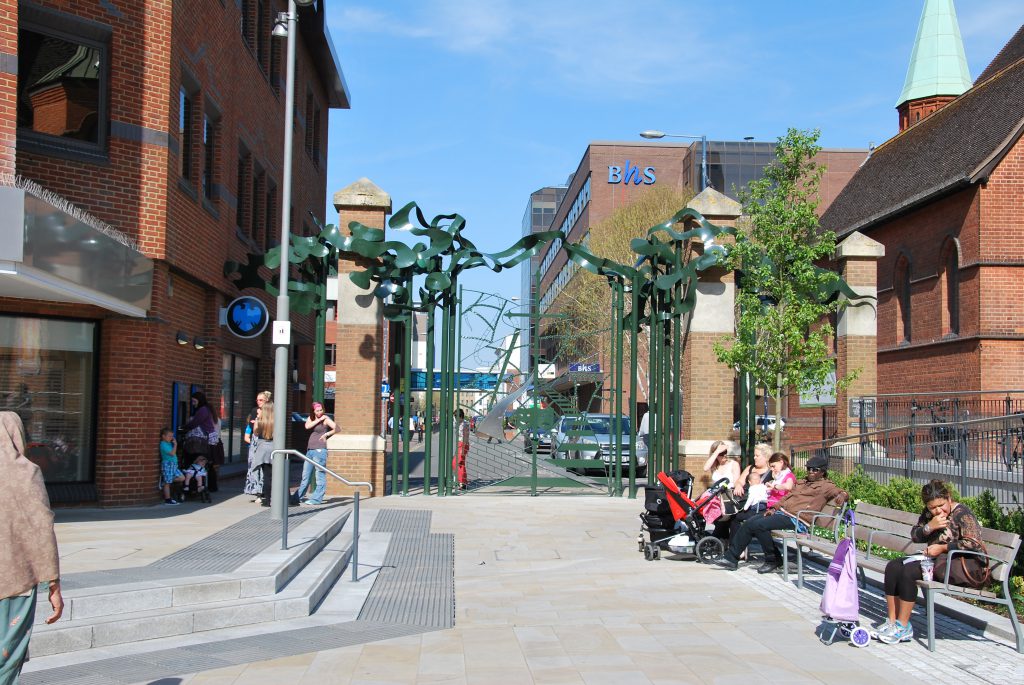Nestled in the heart of Surrey, England, Woking is a town steeped in history and culture. From its humble beginnings as a rural settlement to its current status as a thriving commuter town, Woking has witnessed remarkable transformations over the centuries. In this blog post, we will take a journey through time to explore the key milestones that have shaped Woking into the vibrant community it is today.
Ancient Roots and Early Settlements
The history of Woking dates back thousands of years, with evidence of early settlements found in the surrounding areas. Archaeological discoveries reveal that the region was inhabited during the Mesolithic and Neolithic periods. Flint tools and pottery fragments uncovered in the area speak to its prehistoric past, where early inhabitants were likely engaged in hunting, gathering, and agriculture.
From Village to Market Town
Woking’s transition from a quiet village to a bustling market town began in the Middle Ages. The town’s strategic location along the London to Portsmouth route led to the establishment of a market in the 13th century, boosting trade and commerce. Over time, Woking’s market grew in importance, attracting merchants and visitors from nearby regions.
The Railway Revolution
Perhaps one of the most pivotal moments in Woking’s history was the arrival of the railway in the mid-19th century. In 1838, the London and Southampton Railway connected Woking to London, marking the start of a new era for the town. The railway not only facilitated the movement of goods and people but also transformed Woking into a desirable destination for Londoners seeking a countryside retreat.
H.G. Wells and The War of the Worlds
Woking gained international fame thanks to the renowned writer H.G. Wells. In 1895, Wells penned his iconic science fiction novel, “The War of the Worlds,” which depicted a Martian invasion of Earth. Wells set parts of the story in Woking, drawing inspiration from the town’s landscape and architecture. Today, a sculpture commemorating the novel stands proudly in Woking’s town center.
Modern Woking: A Diverse and Growing Community
The latter half of the 20th century saw Woking evolve into a diverse and multicultural town. In the post-war era, the town experienced significant expansion, attracting residents from various backgrounds. Woking’s commitment to inclusivity is exemplified by the Shah Jahan Mosque, the first purpose-built mosque in the UK, constructed in the early 20th century.
Conclusion
Woking’s history is a captivating tapestry woven with threads of ancient settlements, market town charm, literary significance, and modern diversity. From its early days as a rural settlement to its present status as a thriving commuter town, Woking’s journey through time showcases its ability to adapt, grow, and welcome change while preserving its rich heritage. As residents and visitors walk its streets, they are reminded of the town’s remarkable past, making Woking not just a place to live, but a destination to appreciate history’s enduring influence.

